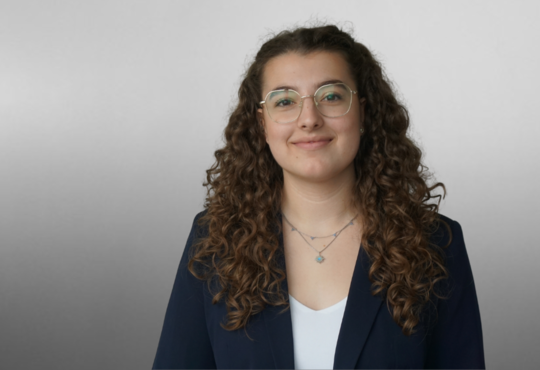The entire range of composites technology

- KraussMaffei presents solutions for lightweight construction and surfaces at JEC WORLD in Paris
- Wide variety of technologies offered: FiberForm, NFPP, RTM, LFI, SCS, DCIM, ColorForm, pultrusion, filament winding, additive manufacturing
(Parsdorf, April 13, 2023) Composite systems and fiber-reinforced components are the prerequisite for state-of-the-art lightweight construction—in automotive and aviation alike. At the JEC trade show (April 25-27, 2023 in Paris, booth 6-B32), KraussMaffei is presenting exhibits on a wide variety of technologies.
Finished series components from the areas of additive manufacturing, SCS (Structural Component Spraying), various RTM (Resin Transfer Molding) technologies all the way to pultruded profiles: the range of composites and surface technologies for which KraussMaffei offers production solutions is enormous. From the first idea on, the focus is on providing advice to customers. This makes it possible to find the right technology from the comprehensive portfolio, involve corresponding network partners, create machines and systems and ultimately, to get the desired article into series production.
The KraussMaffei exhibits at the JEC, the showcase of the composites industry, are a particularly clear demonstration of how wide the variety of relevant processes is and where there are further developments.
The FiberForm technology, in which organic sheets are inserted into the mold and overmolded with a thermoplastic matrix (here: PP), is now also possible with natural fibers. This is a highly automated way of creating solid components, for example for door side panels, which are also recyclable.
The DCIM (Direct Compounding Injection Molding) process combines injection molding and compounding in one process. A single-screw extruder takes over material processing, which makes the process economically attractive, particularly for smaller components with a shot weight of 50 g to 2000 g. This makes it possible to attain material savings of up to 50 percent per kilogram.
Resin Transfer Molding (RTM), on the other hand, is classic reaction technology. A preform made of carbon or glass fibers is infiltrated with epoxy resin or polyurethane. The result is an extremely lightweight structural component for the most stringent requirements. The trade show booth will feature a leaf spring and parts for the Airbus aircraft
Also on exhibit will be an automotive hat tray, created by the SCS (Structural Component Spraying) process. For this purpose, a sandwich structure made of fiber mats and honeycomb cores is sprayed with unreinforced PUR, inserted into a mold and compressed.
PUR also plays the primary role in the ColorForm process. A thermoplastic substrate is produced in the injection molding process and then flooded with PUR. The part surface is extremely scratch-resistant as well as self-healing—ideal for automotive applications in the interior or exterior.
Pultrusion, the continuous production of fiber-reinforced profiles, usually involves inner values. This can be done for window profiles, which thus reach higher strength with a lower cross-section. Together with its English subsidiary Pultrex, KraussMaffei offers the entire scope of technology, including fiber rack and fiber guide, impregnation device, shaping tool, extractor device and trimming unit. Pultrex has over 45 years of experience in this area.
KraussMaffei produces molds for all processing technologies, including everything from FiberForm and RTM to SCS to backfoaming of molded parts. Molds for open or closed material pouring are made of steel or aluminum and/or with a polymer surface if required. The molds are designed specifically for the respective application and ensure process-specific heating. The molds have ejector concepts for damage-free demolding of components, are fitted with product-specific seal systems and can also come with wear-resistant surfaces if required.
By the way, additive manufacturing also offers enormous potential for the composite material industry. For example, molds and other customer-specific components can be printed in a way that is cost-effective, fast and convenient. At JEC, the KraussMaffei experts will be glad to provide information about the many comprehensive options of additive manufacturing and provide technology-independent advice about the solution that is the best fit for you and your needs—from the idea to the finished component.
Contact Person

